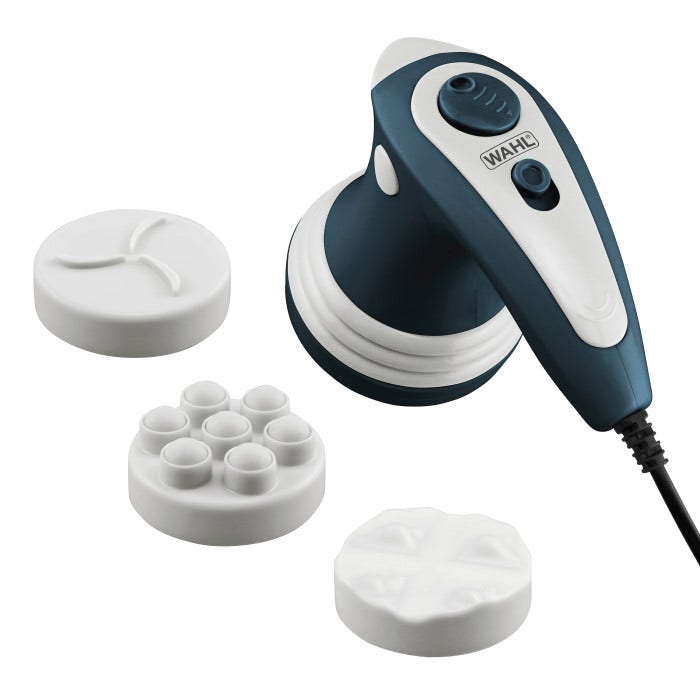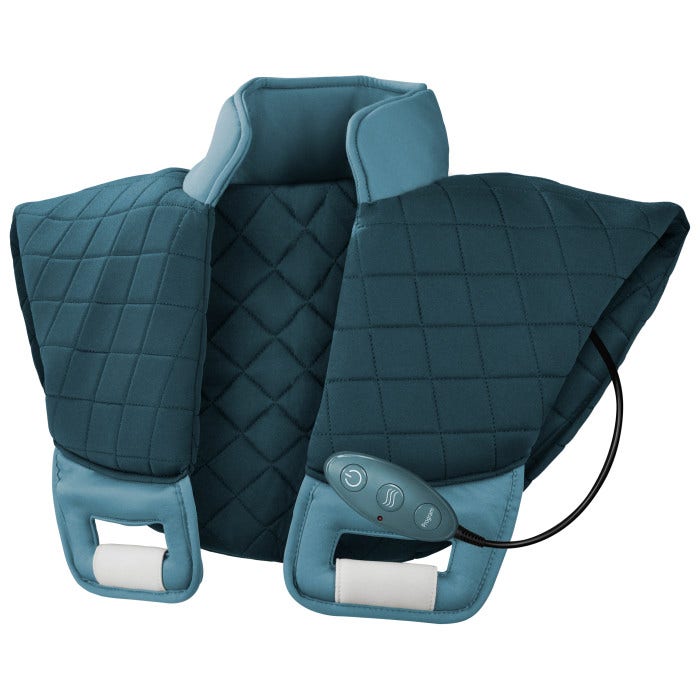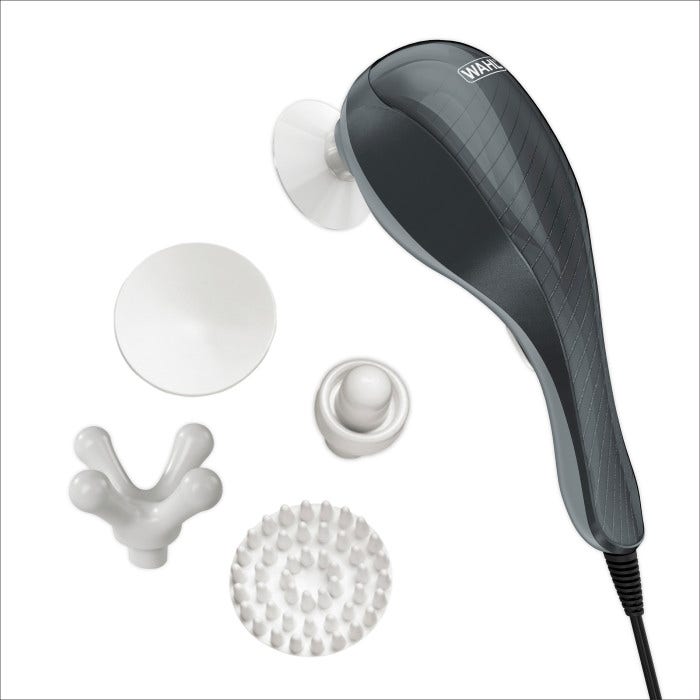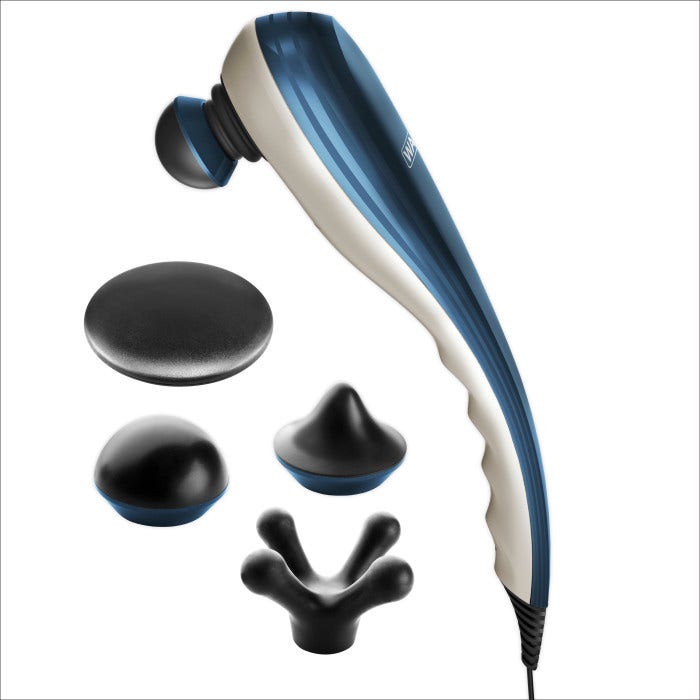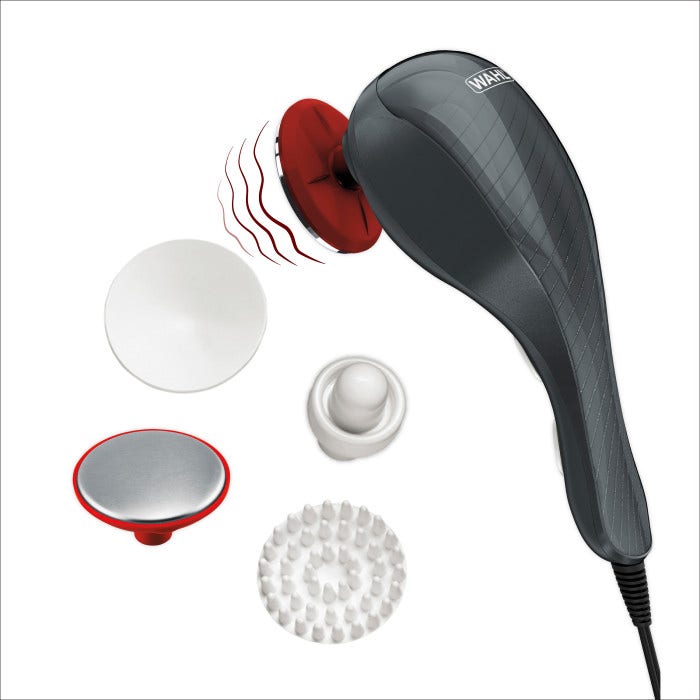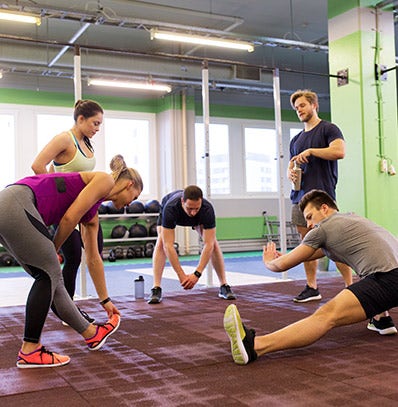
Yoga Can Help Injury Prevention & Recovery
It wasn’t too long ago that yoga was mocked by athletes and workout devotees for being the “easy way out” as a workout for the mainstream. Those days, however, are long gone.
Athletes of all levels and sports teams from youth leagues to the pros have come to realize that yoga can be a valuable tool to both prevent injuries and aid in recovery from injuries. In fact, several of the top performers in each of the major sports openly credit yoga for their success.
Best Types of Yoga for Recovery
-
1
Restorative yoga
It's in the name. Restorative. Recover. Same goal. Sometimes it might feel like you aren’t really doing much because Restorative yoga is a mellow, slow-moving practice with longer poses/holds. These give the body a chance to tap into the parasympathetic nervous system, which provides deeper relaxation. This yoga practice involves props like blankets, bolsters and yoga blocks. It’s beneficial for just about everyone, especially those who might be dealing with anxiety or insomnia.
-
2
Power yoga
This is an umbrella term for hybrids of several forms of yoga, including Ashtanga yoga and Vinyasa yoga. It’s more intense than Restorative yoga. Power yoga is a great tool for an active recovery day where you are still getting movement in but at in less intensive session.
-
3
Vinyasa yoga
This practice links continuous movement and breath together in a faster pace that will remind you of dancing. It’s great for those who like to get the heart beating. There’s often music playing that matches specific sequences of poses.
-
4
Hatha yoga
This practice is ideal for beginners because of the slower pace. It requires you to hold each pose for a few breaths.
-
5
Iyengar yoga
This is a detail-oriented practice that focuses on the body’s alignment in each pose. It’s recommended by many doctors for patients overcoming injury. You’ll use props like yoga blocks, blankets, straps and rope walls to help you work within a range of motion that is safe and effective.
-
6
Bikram yoga
This form of yoga is for those who want to break a sweat. Bikram consists of a specific series of 26 poses and two breathing exercises in a room heated to 105 degrees with 40-percent humidity. All Bikram studios practice the same 90-minute sequence so it’s ideal for those who travel a lot.
-
7
Hot yoga
Hot yoga is similar to Bikram because it’s practiced in a hot room but it’s not constrained by the same 26-pose routine. If you like to sweat, this is the one for you.
-
8
Kundalini yoga
This practice of yoga is for people looking for a more spiritual experience. It emphasizes the internal aspects of yoga, including breathing, meditation, chanting, singing and spiritual energy. The goal is to release untapped inner energy and bring your self-awareness to a higher level.
-
9
Yin yoga
This form of meditative yoga concentrates on stretching, flexibility and unwinding. Poses are held for several minutes and target deep connective tissues and fascia, while restoring length and elasticity. Practitioners swear on its restorative power.
What to use
Need help deciding what you need?
Where you hurt and why you’re hurting are two key factors in deciding which massager is best for your specific pain relief.
Product SelectorMore Recovery Tips
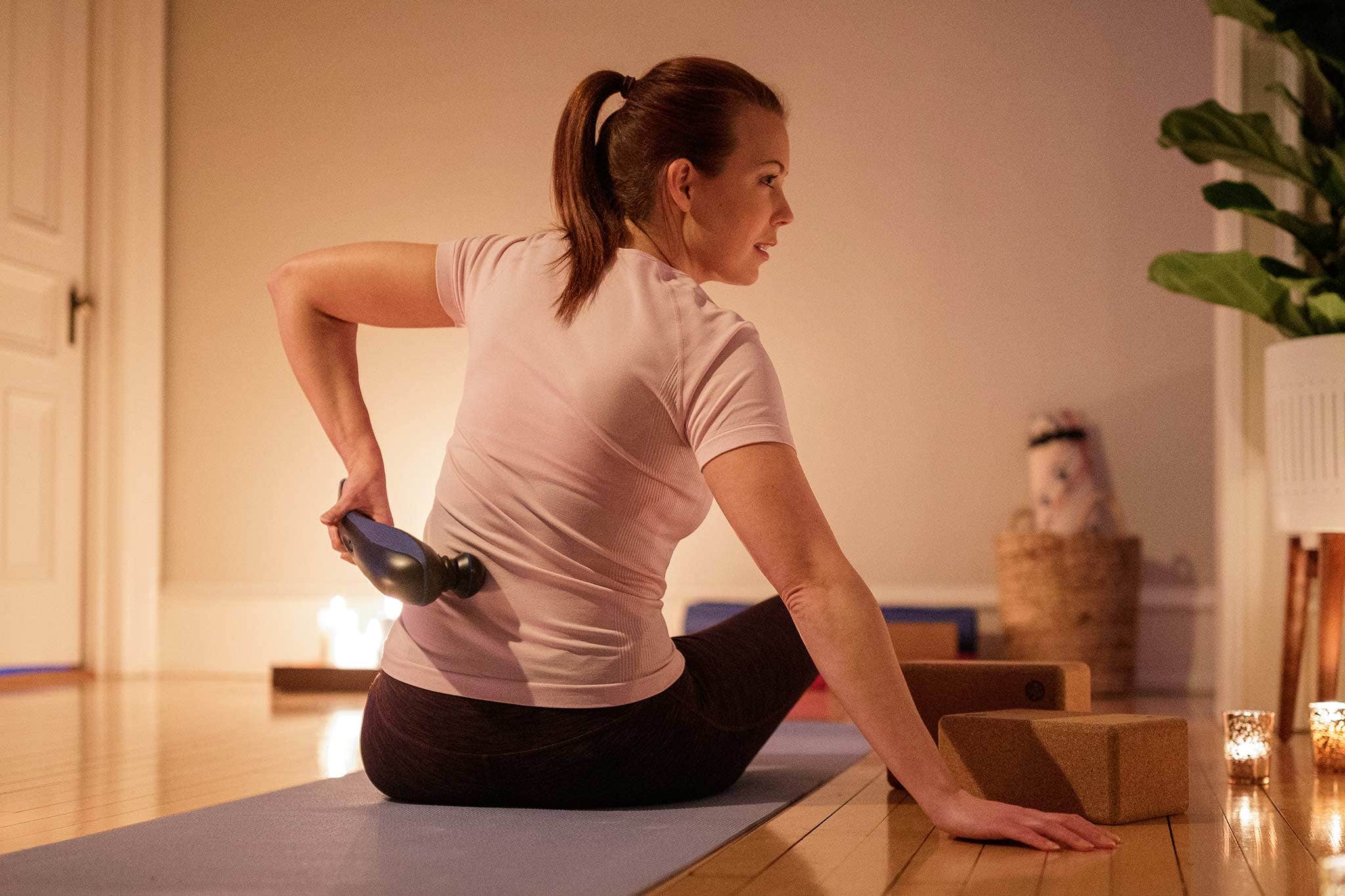
Start with a circular motion on the lower back, being careful to avoid the spine. Using long strokes, work your way up the back towards the heart.
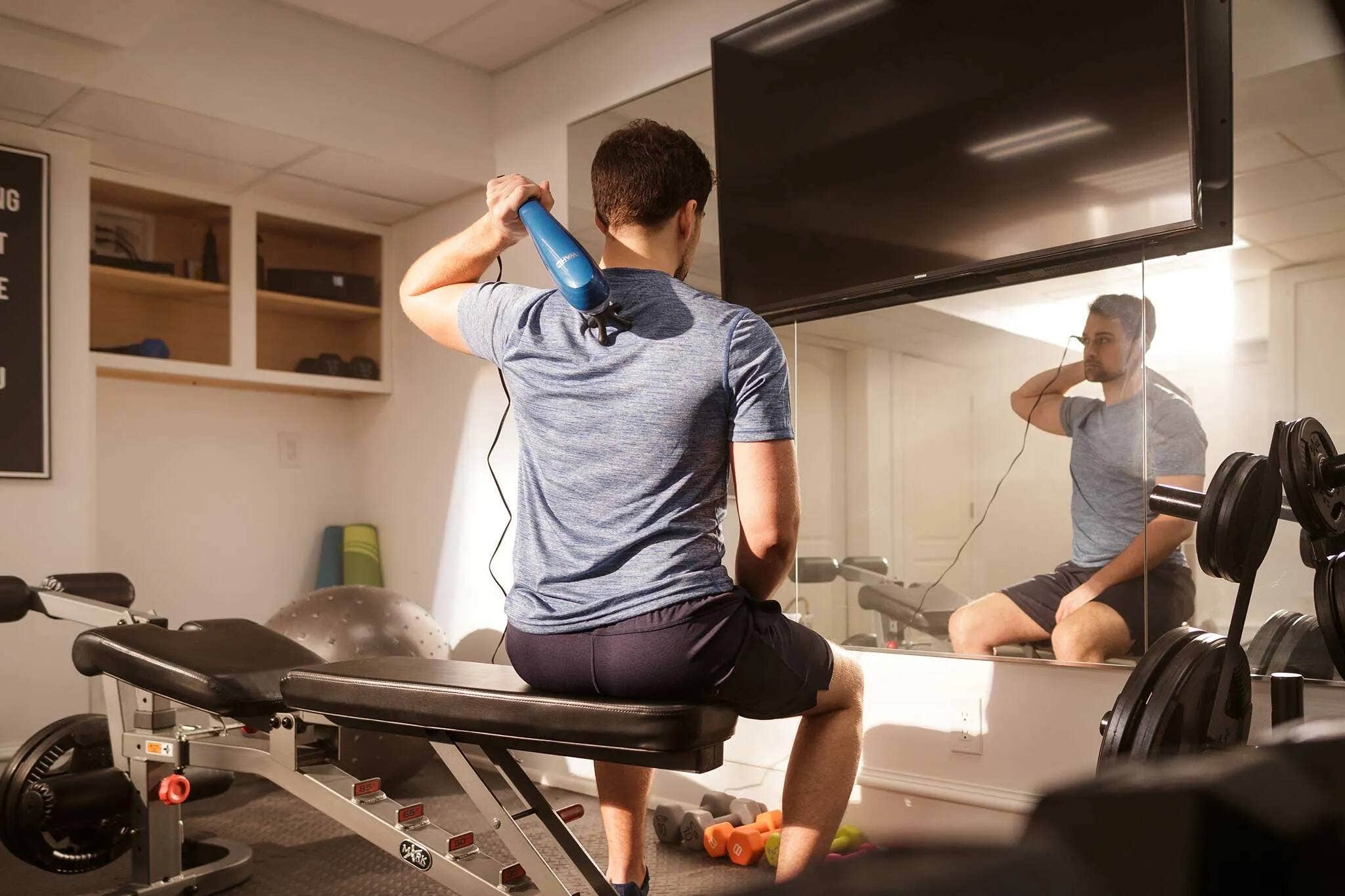
When massaging the upper back, start from the spine and using short strokes to work your way outward towards the underarm. (Again, be careful not to come in contact with the spinal area.)

The same procedure is used to massage the chest. Start from the sternum and use short strokes to work your way outward toward the underarm.

DO NOT use the massager over the abdomen or below the rib cage.
Related Videos


 India (English)
India (English)
 Middle East and Africa (English)
Middle East and Africa (English)
 South Africa (English)
South Africa (English)
 Australia (English)
Australia (English)
 Japan (日本語)
Japan (日本語)
 South East Asia (English)
South East Asia (English)
 Singapore (English)
Singapore (English)
 Europe (English)
Europe (English)
 United Kingdom (English)
United Kingdom (English)
 Argentina (Español)
Argentina (Español)
 Brazil (Portuguese)
Brazil (Portuguese)
 Colombia (Español)
Colombia (Español)
 Latin America (Español)
Latin America (Español)
 México (Español)
México (Español)
 Chile (Español)
Chile (Español)
 Peru (Español)
Peru (Español)
 Canada (English)
Canada (English)


